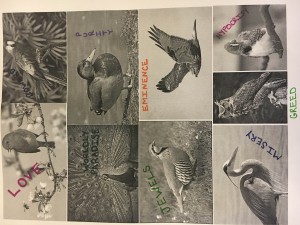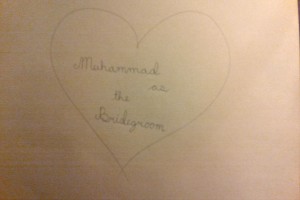Comic
ø

My inspiration came from our week 12 reading of Persepolis by Marjane Satrapi. The contrast between Marjane’s childhood experiences and the turmoil occurring in Iran at the time was profound. It is important not to forget history and to apply past experiences to modern struggles. After reading about the discrimination against Muslims occurring in Europe (particularly France) and reading The Reluctant Fundamentalist, I was thinking about how modern governments and societies inflict harsh rules and arbitrary punishments upon cultures different from their own. While these current problems are different than the Iranian Revolution, the effects they have on young children may be equally confusing and upending.
So, I created a cartoon in a style similar to that of Satrapi (except with dramatically less artistic talent), showing a possible experience of a young Muslim girl going to school in the United States. For children, life is simple, which makes them good candidates for studying the biases that family and media teach them. For the children who are taught to be biased, there is no reason, that is just what they believe. They parrot family and media. For children who are not taught to be biased, being discriminated against is incomprehensible. If nothing else, we should strive to create a world that does not harm and confuse children for reasons that have no bearing on who they are and who they will become. Marjane’s parents are a good example of how to teach acceptance and understanding to children. They do not assume she will not be able to grasp the concepts, instead they are honest and genuine about what is happening and why. Forcing parents (and other adults) to explain their biases may even help them reflect and revise their opinions.



